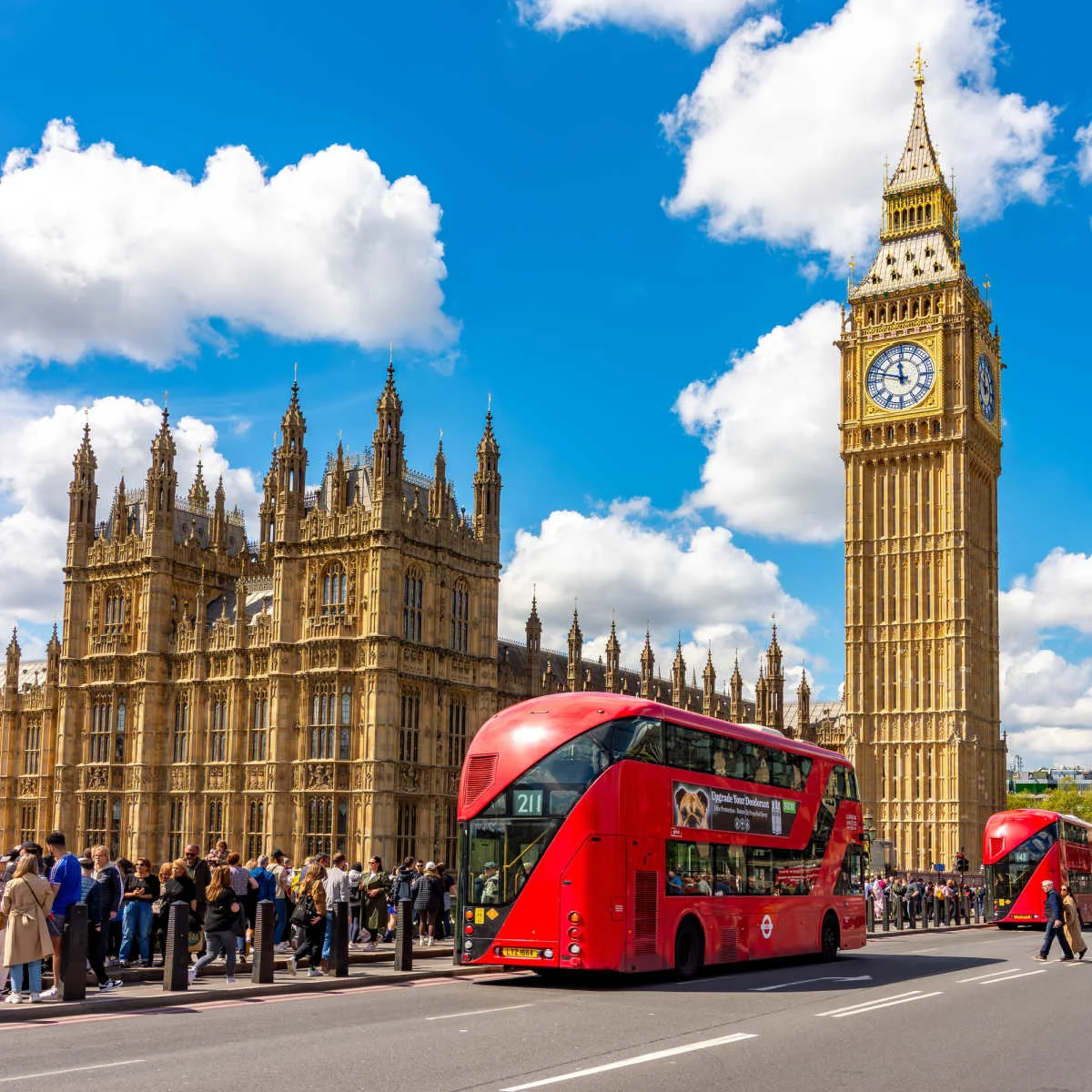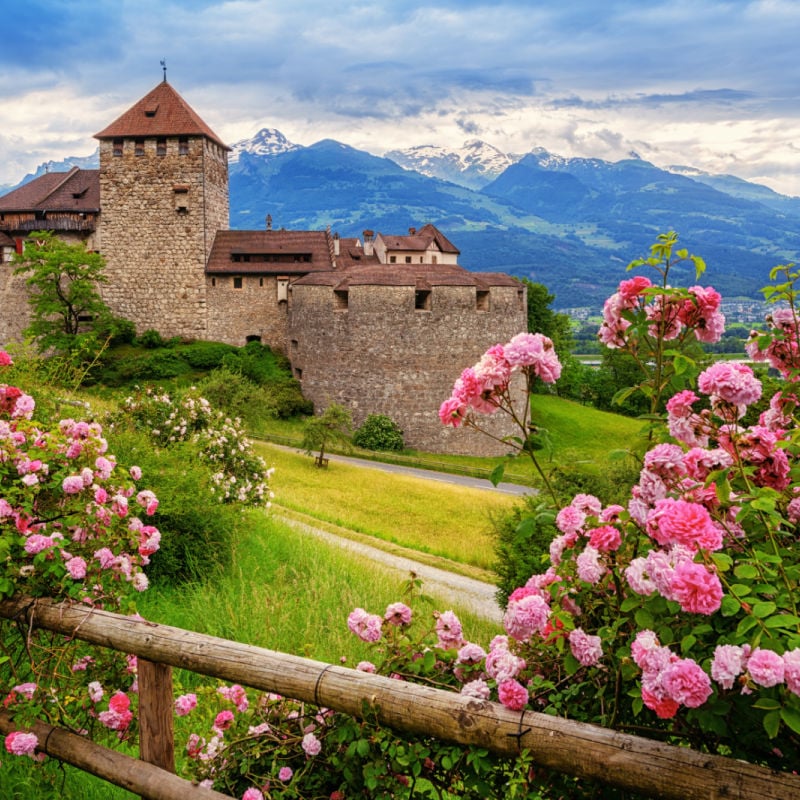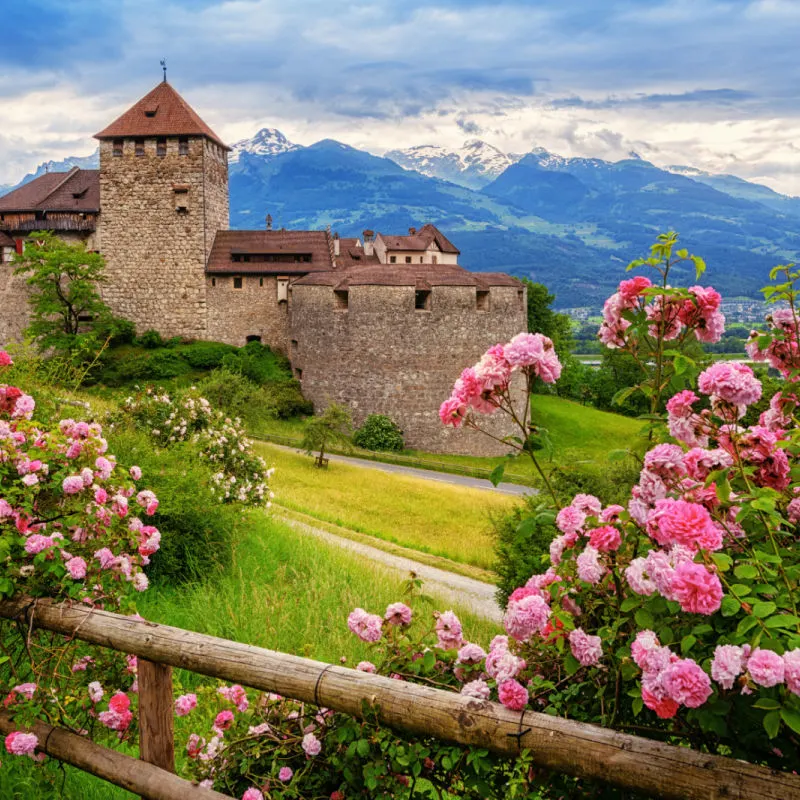Travel Guide
These Are The 10 Safest Countries To Visit In Western Europe Right Now
You probably grew up listening to stories about how Western Europe is the pinnacle of human development: safe and clean streets, an abundance of resources, beautiful architecture, and, of course, a fascinating culture.
Meanwhile, Eastern Europe was the ‘bad cousin’, always fighting wars, decades behind in growth, and in a permanent communist chokehold—but oh, how things have changed since the late 90s, and even the early noughties…
While Eastern Europe has played catch-up with the West—according to The Times, even Poland is now nearly as rich as the U.K.—their once prosperous neighbors seem to have dropped the ball, especially on the security front.


What Ever Happened To Western Europe?
Between rising levels of crime, irregular border crossings, and the looming threat of extremism, Western Europe is no longer perceived as the safe haven it once was.
As relayed by CNews France, the land of the Gauls has seen a continuous increase in violent crimes, with homicide attempts in particular up by 11% year-on-year. Walk anywhere in northern Paris after dark, and you’ll quickly understand why—on second thought, better not.
Similarly, the United Kingdom is battling a surge in terror events, not to mention urban crime on a scale it’s never experienced before: this time, the joke’s on London, formerly seen as a low-risk destination, now considered a hotspot for knife attacks.


Even the Swedish Government has now confirmed there’s been an uptick in gun violence, and even gang activity in Sweden. Given Sweden’s reputation as a tranquil, peaceful nation, these are words we’d never thought we’d been putting to paper.
What Are The 10 Safest Countries In Western Europe?
Amid Western Europe’s apparent downward spiral, you may be wondering where in the region it’s safer to visit, and thanks to the U.S. Department of State’s Travel Advisory Map, we were able to round up all those blue dots for you:
Ireland


Dublin may be facing the same rapid urbanization issues that are plaguing a majority of Western European capitals—we’re talking an overall decrease in the perception of safety—but as a whole, Ireland remains largely-safe.
A mostly-rural, idyllic country dotted with small villages, fairytale castles, and lush national parks, the Emerald Isle remains at Level 1. In non-technical terms, this means Americans can exercise ‘normal precautions’ when visiting.
Portugal


The Westernmost point in Europe, Portugal also features at Level 1, with the main issues facing tourists who visit large urban centers like Lisbon and Porto being pickpocketing and other forms of non-violent, petty crime.
Portugal has also not been as affected by radicalization as Spain, a neighboring country stuck in Level 2 for years now due to the ongoing issue of terrorism, and Americans who visit are not urged to exercise increased caution in public settings.
Andorra


A tiny nation sandwiched between Spain and France that’s been eager for more tourists to find it, Andorra stays comfortably at Level 1. Whether it’s the capital, the compact, charming Andorra La Vella, or its numerous mountain resorts, crime is a non-issue.
It probably helps that Andorra is not in the European Union, nor does it participate in the Schengen Area: it is thus responsible for enforcing its own border control, and ensuring that no bad elements get across the border from Level 2 nations like Spain and France.
Luxembourg


Yet another tiny nation located right in the heart of Western Europe, Luxembourg shares borders with France, Germany, and Belgium—yet surprisingly, the crime surge seen in its vicinity has not spilled into this rather-sleepy Grand Duchy.
Luxembourg City remains a very safe capital, with squeaky-clean cobbled alleys and a calm, orderly atmosphere. In fact, across a majority of municipalities, instances of crime are fairly uncommon, so visitors are welcome to explore freely (and it does help that public transport is free!)
Switzerland


Synonymous with peace and neutrality, Switzerland is a rare example of a Western European nation that’s thwarted much of the neighborhood’s problems. That’s not to say it’s free of crime, far from that, but even Numbeo agrees it’s far better-off than, say, its voisine France.
While the level of crime in France is ‘moderate’, with a score of 59.30, Switzerland boasts a ‘low’ 24.30. This reflects the U.S. Department of State’s positive travel advice: Americans can continue planning trips to Switzerland without any major security concerns.
Liechtenstein


Micro-states are where it’s at! Nestled between Switzerland, Austria, and Germany, Liechtenstein is a small sovereign nation (one of the smallest in Europe), centered around a storybook medieval capital, the charming Vaduz, and backed by the imposing Alps.
With a population of only 40,000+ residents, a population of about 8 inmates in the country’s only remand prison, and no significant evidence of organized crime, it’s one of the least-risky European destinations to travel to. Unsurprisingly, it features at Level 1.
Austria


To the east of Liechtenstein, Austria has a long-documented history of security concerns in certain cities, particularly following the 2015 refugee crisis, but according to official travel advice, these issues have not caused tensions as glaringly-evident as those seen in France or Germany.
In the view of U.S. authorities, cities like Vienna, Salzburg, and Graz remain low-risk destinations, with the entirety of the Austrian territory having been added to Level 1. Nevertheless, we would still encourage you to take the usual anti-pickpocket precautions when visiting larger cities.
Malta


To the south of Sicily, Malta is the third micro-state to feature on this list, and a Mediterranean island packed-full of walled ancient towns and sandy bays hugged by turquoise seas—better even, it doesn’t suffer from Western Europe’s security issues.
In case you needed any more incentives to vacation in a sun-drenched St. Julian’s, or a hilly, colorful Valletta, next year, Delta is launching nonstop flights to Malta from their JFK hub, starting June 7, 2026.
The Nordics


Last but not least, we have the Nordic trio of Finland, Iceland, and Norway. Not to repeat ourselves here, they’re all essentially as safe as a European country can be: low levels of violence across big cities, less-pronounced petty crime, and a limited terror threat.
The two obvious omissions here, Denmark and Sweden, both feature at Level 2, with U.S. authorities citing ‘terrorism’ as the main cause for concern, though different advice may apply in certain autonomous regions of the Kingdom of Denmark, like the Faroe Islands and Greenland.
If you’re flying to Europe in the near future, make sure you double check safety advice that applies at all the different countries you’ll be visiting here (and make sure you prepare accordingly).
The Travel Off Path Advantage: Your Travel Toolkit
Subscribe To Our Latest Posts
Enter your email address to subscribe to Travel Off Path’s latest breaking travel news, straight to your inbox.

